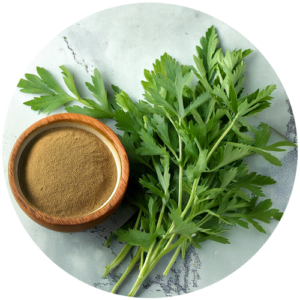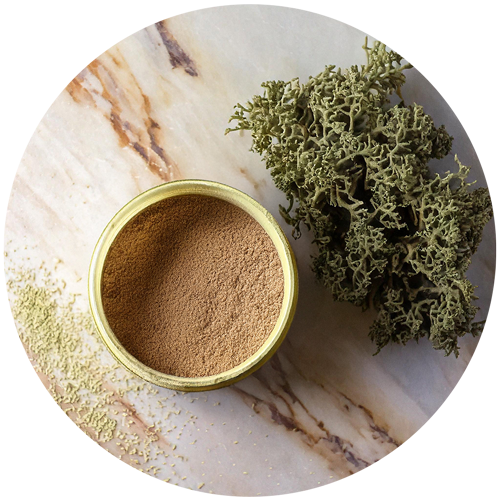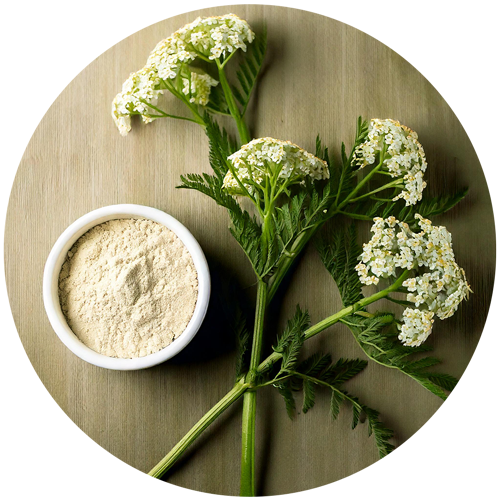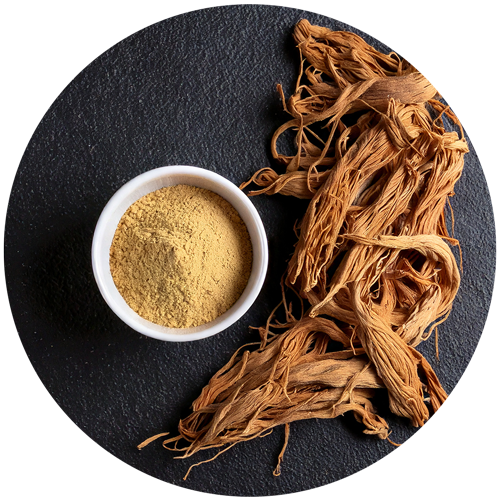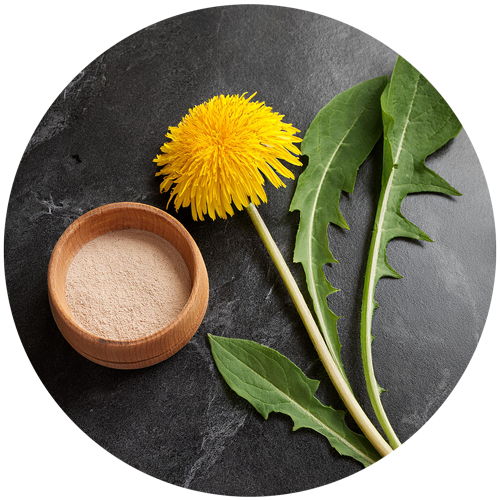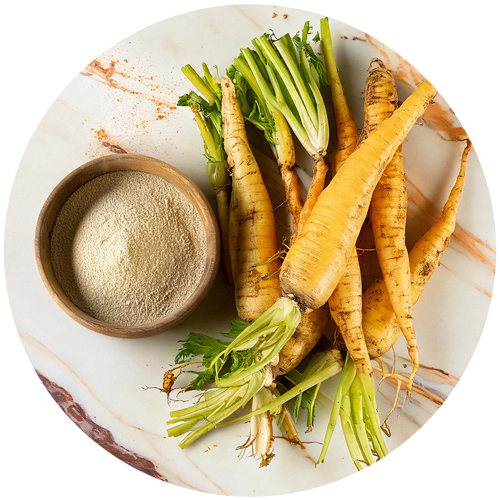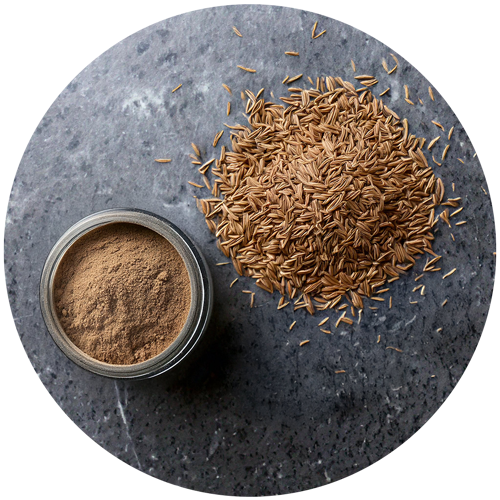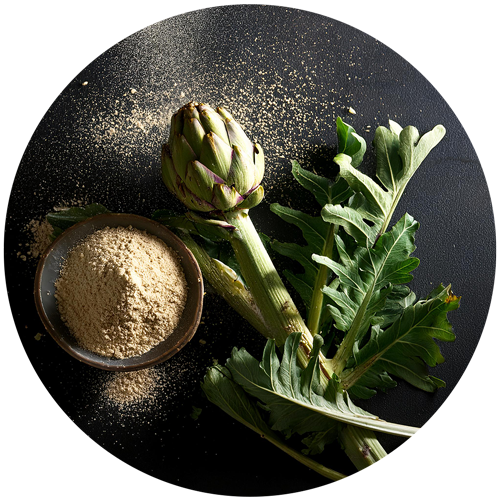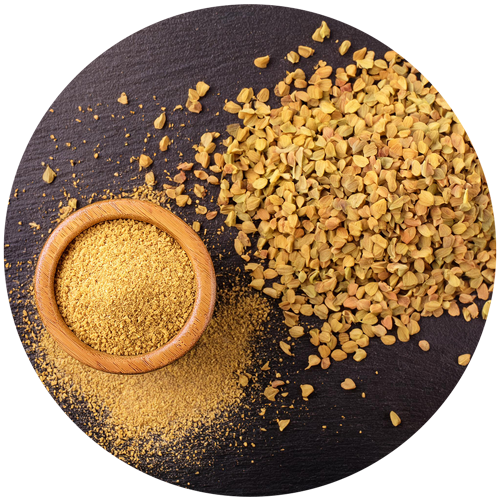Europe
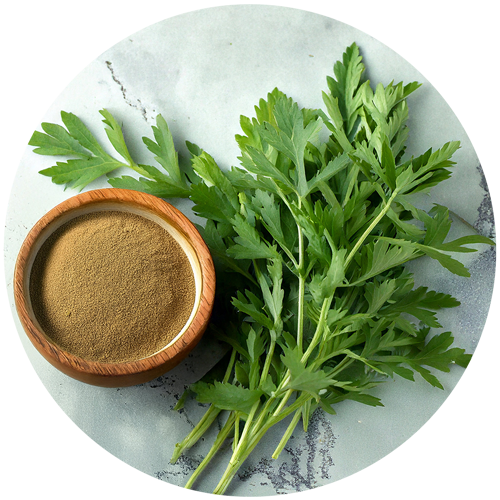

ARTEMISIA
Artemisia absinthium Digestion
Digestion  Appetite
Appetite Artemisia, Artemisia absinthium, rich in sesquiterpenes and flavonoids, supports digestive functions, protects cells thanks to its antioxidant properties and contributes to general well-being.
Regulations
and analysis
Identification : TLC
Data on traditional use
Cahier de l’agence du Médicament (France) :
- Traditionally used to stimulate the appetite
EMA monograph :
- Used for temporary loss of appetite and minor indigestion/gastrointestinal disorders.
German monograph :
- Used for loss of appetite and indigestion
Association ideas by health benefice
Select one or more axes:

Detailed description
Artemisia, Artemisia absinthium, a perennial member of the Asteraceae family, is native to the temperate regions of Europe and Asia. Its inflorescences have been used for centuries in phytotherapeutic traditions to support digestive and metabolic well-being.
Artemisia inflorescences contain bioactive compounds such as sesquiterpene lactones (absinthin, artemisinin), flavonoids (quercetin, apigenin), phenolic acids (caffeic acid, chlorogenic acid) and essential oils rich in thujone and camphor. These compounds contribute to its antioxidant and soothing properties, supporting cell protection against free radicals.
Traditionally, wormwood is used to support digestive functions and the production of gastric secretions, thus contributing to better intestinal comfort.
Recent research has highlighted its immunomodulatory effects.
